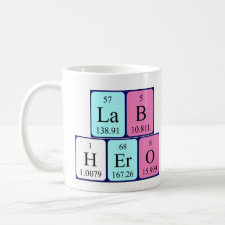
Authors: Papaioannou E, Koutsas C, Liakopoulou-Kyriakides M
Article Title: Molecularly imprinted polymers for RGD selective recognition and separation.
Publication date: 2009
Journal: Amino Acids
Volume: 36
Issue: (3)
Page numbers: 563-569.
DOI: 10.1007/s00726-008-0118-6
Abstract: Abstract: Molecularly imprinted polymers that could recognize the tripeptide Arg-Gly-Asp have been produced with the use of two functional monomers and three different cross-linkers, respectively. Methacrylic acid and acrylamide were used as functional monomers and the role of the ethylene glycol dimethacrylate, trimethylpropane trimethacrylate and N,N?-methylene-bisacrylamide as crosslinking monomers, was investigated on their recognition capability. The % net rebinding and the imprinting factor values were obtained, giving for the methacrylic acid–trimethylpropane trimethacrylate polymer the highest values 12.3% and 2.44, respectively. In addition, this polymer presented lower dissociation constant (Kd) value and the higher B max% of theoretical total binding sites than all the other polymers. Rebinding experiments with Lys-Gly-Asp, an analogue of Arg-Gly-Asp, and other different peptides, such as cholecystokinin C-terminal tri- and pentapeptide and gramicidin, further indicated the selectivity of methacrylic acid-trimethylpropane trimethacrylate copolymer for Arg-Gly-Asp giving specific selectivity factor values 1.27, 1.98, 1.31 and 1.67, respectively
Template and target information: peptide, tripeptide, Arg-Gly-Asp, RGD
Author keywords: Arg-Gly-Asp, RGD, copolymerization, molecular imprinting, radical polymerization



Join the Society for Molecular Imprinting

New items RSS feed
Sign-up for e-mail updates:
Choose between receiving an occasional newsletter or more frequent e-mail alerts.
Click here to go to the sign-up page.
Is your name elemental or peptidic? Enter your name and find out by clicking either of the buttons below!
Other products you may like:
 MIPdatabase
MIPdatabase









